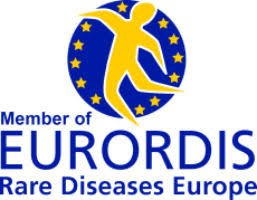How to Diagnose R(20)
Work needed to bring out diagnosis methodology

Incidence and Prevalence
R(20) syndrome is a rare disorder and estimates for incidence and prevalence are unknown as there have been no population based studies of karyotype testing in drug resistant epilepsy in the relevant age groups. There are likely to be people with epilepsy in which the syndrome remains undiagnosed or misdiagnosed.

Diagnosis of r(20) syndrome
Diagnosis requires clinical suspicion based on the electro-clinical phenotype detailed below and karyotype testing. Mosaicism in lymphocytes may be as low as 0.5% in severely affected individuals therefore it is recommended that at least 100 cells are looked at if there is a clinical suspicion of the syndrome. Many labs will examine 30 cells in routine karyotype analysis.

Age of onset
Usually seizures begin in early childhood, typically around the time children start school however symptoms may also present earlier in childhood, in adolescence or early adult life. r(20) syndromeis not associated with dysmorphic features and individuals do not have intellectual disability before the epilepsy onset. There is usually
a sudden onset of seizures without a clear trigger. Many people experience a change in behaviour before or around the seizure onset manifested by poor attention and concentration, impulsivity and other behavioural problems








